Optimal Timing for Swamp Cooler Installations
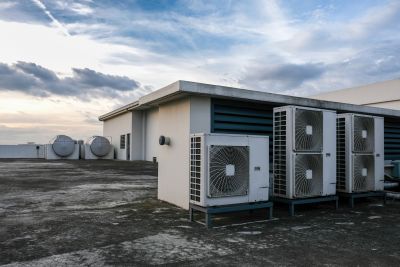
Spring offers moderate temperatures, making it ideal for installing swamp coolers before peak summer heat.

Installing during summer may be challenging due to high demand, but it ensures readiness for immediate use.
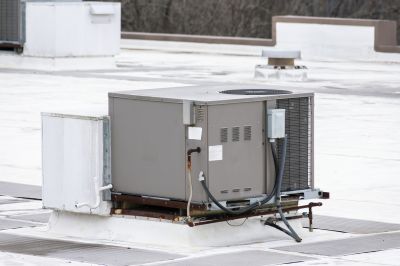
Fall and winter installations can be more flexible, with less scheduling pressure and potentially lower costs.
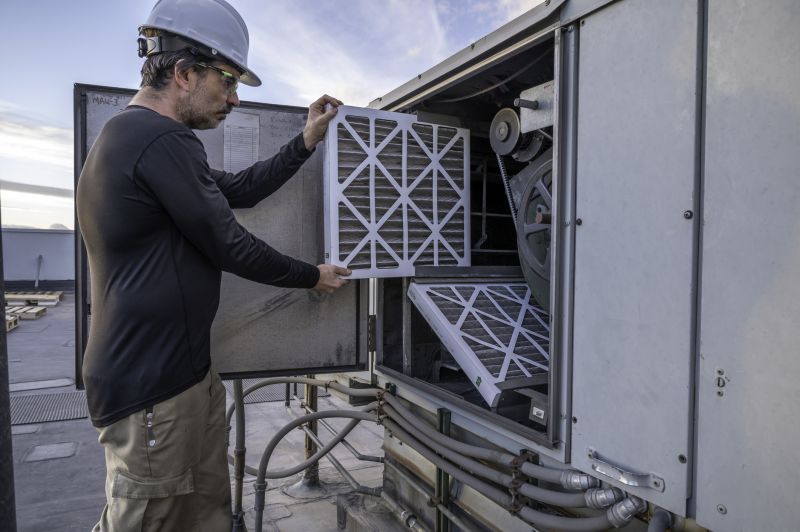
Ways to make Swamp Cooler Installations work in tight or awkward layouts.

Popular materials for Swamp Cooler Installations and why they hold up over time.
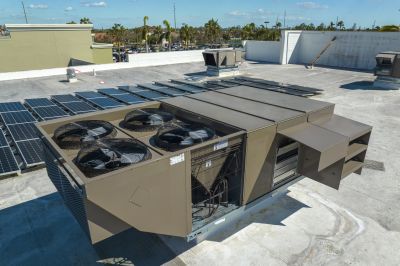
Simple add-ons that improve Swamp Cooler Installations without blowing the budget.
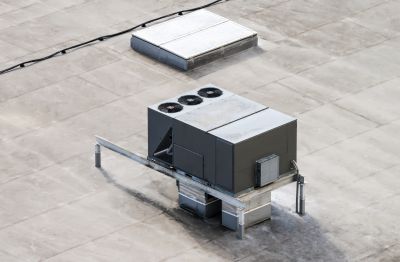
High-end options that actually feel worth it for Swamp Cooler Installations.

Finishes and colors that play nicely with Swamp Cooler Installations.
Swamp cooler installations are most effective when performed during the shoulder seasons of spring and fall. These periods typically feature moderate weather conditions, reducing the risk of extreme heat or cold that can complicate installation processes. Proper timing ensures that the cooling system is operational before the arrival of peak summer temperatures, providing comfort when it is needed most.
Statistics indicate that scheduling swamp cooler installations outside of peak summer months can lead to shorter wait times and better availability of skilled installers. Additionally, off-season installations may benefit from lower service rates and more flexible scheduling options, making them a practical choice for many property owners.
Cooler, dry weather during spring and fall helps ensure proper installation and performance of swamp coolers.
Installing before summer can maximize energy savings and system longevity.
Early installation allows for system testing and adjustments before high-demand periods.
Off-season periods typically offer more appointment options and less scheduling conflict.
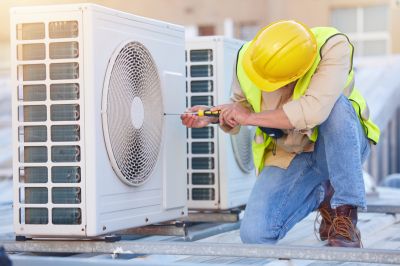
Technicians install the cooling system, ensuring proper placement and connection.

Assessment of site and system requirements is performed prior to setup.

Installation includes mounting the unit, connecting water supply, and electrical wiring.
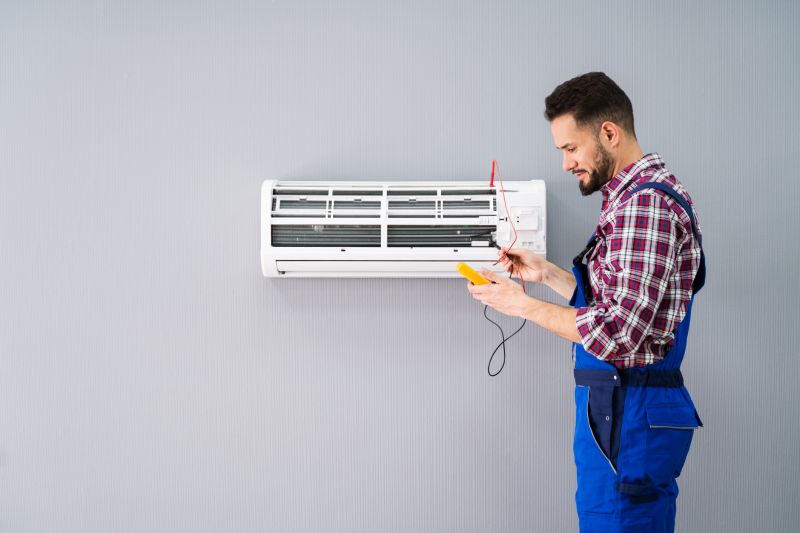
Post-installation testing ensures optimal performance and efficiency.
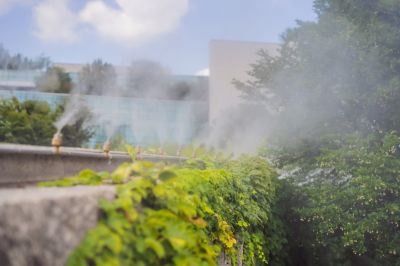
Initial setup includes instructions for ongoing maintenance.
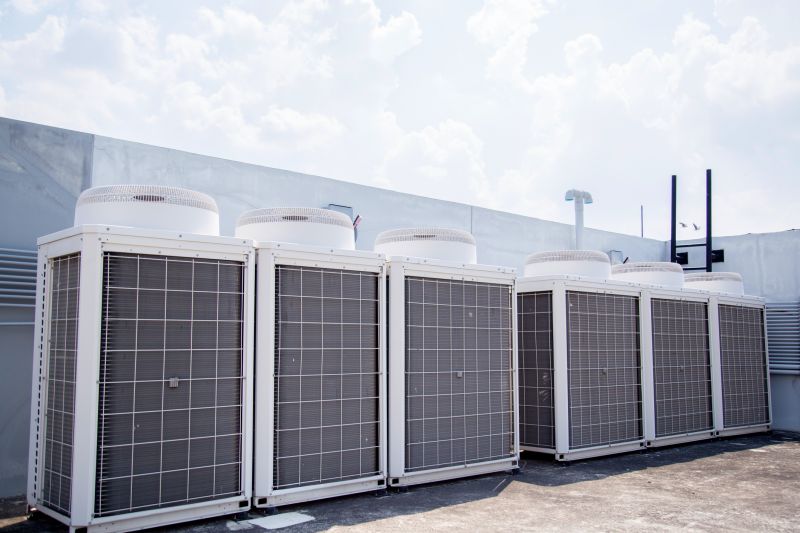
Swamp coolers are installed on rooftops or in yards for effective cooling.
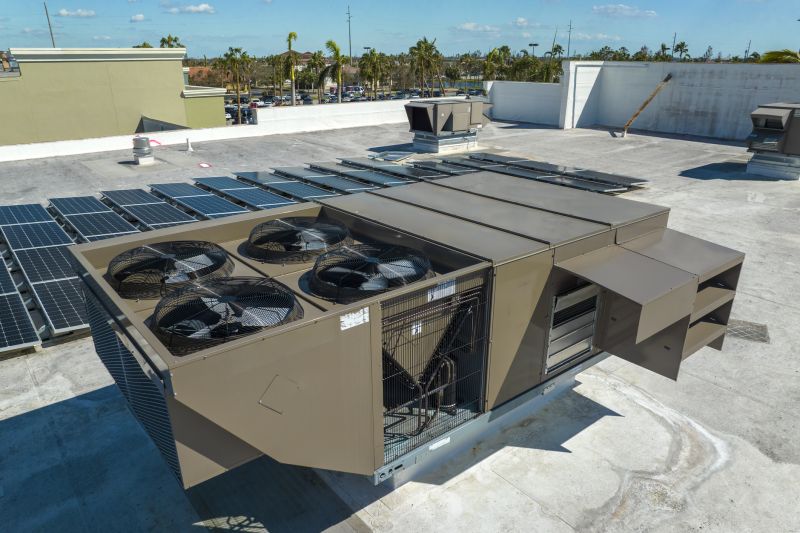
Larger units are installed for commercial or multi-unit properties.

A thorough inspection confirms system readiness and safety.
| Season | Advantages |
|---|---|
| Spring | Moderate weather, early readiness for summer, flexible scheduling. |
| Summer | Immediate cooling needs, higher demand, potential scheduling challenges. |
| Fall | Less demand, lower costs, preparation for upcoming hot months. |
| Winter | Limited demand, off-season discounts, ideal for planning. |
Choosing the right time for swamp cooler installation depends on local climate patterns and specific cooling needs. Planning ahead during spring or fall can help ensure systems are ready for peak usage periods. Proper timing can also contribute to better system performance and energy efficiency, extending the lifespan of the cooling units.
Property owners are encouraged to consider seasonal factors and availability when scheduling installation. Early planning allows for thorough system setup, testing, and any necessary adjustments, ensuring reliable operation during the hottest months.
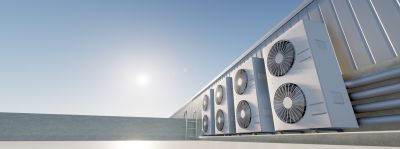
Installation of the unit on rooftops for optimal airflow and cooling efficiency.
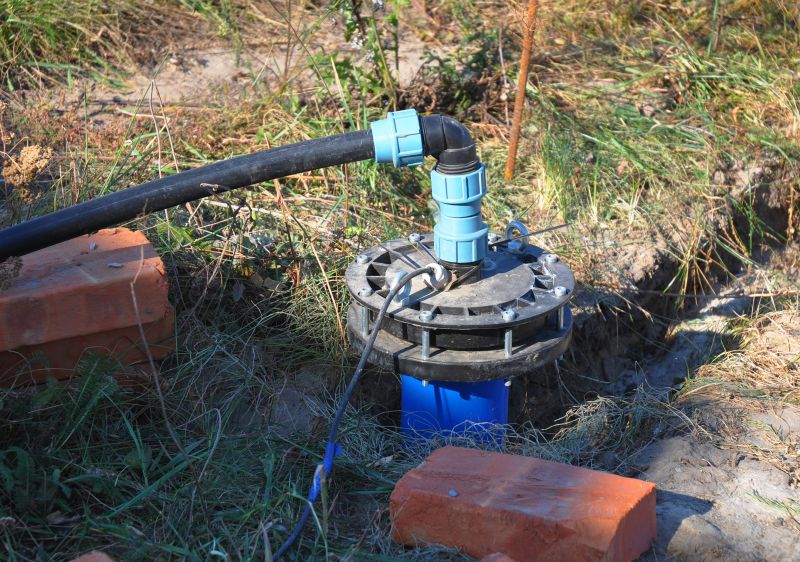
Proper hookup of water lines is essential for system operation.
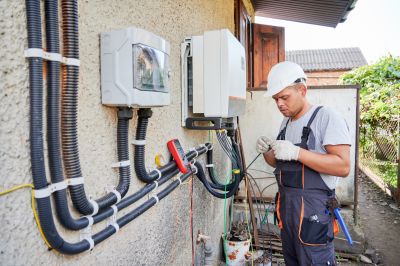
Secure electrical connections ensure safety and performance.
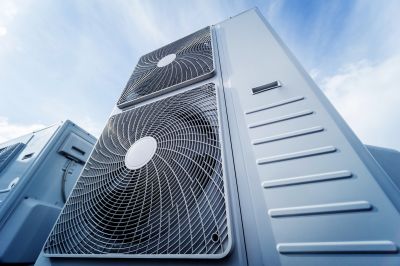
Final testing verifies system functionality and cooling capacity.
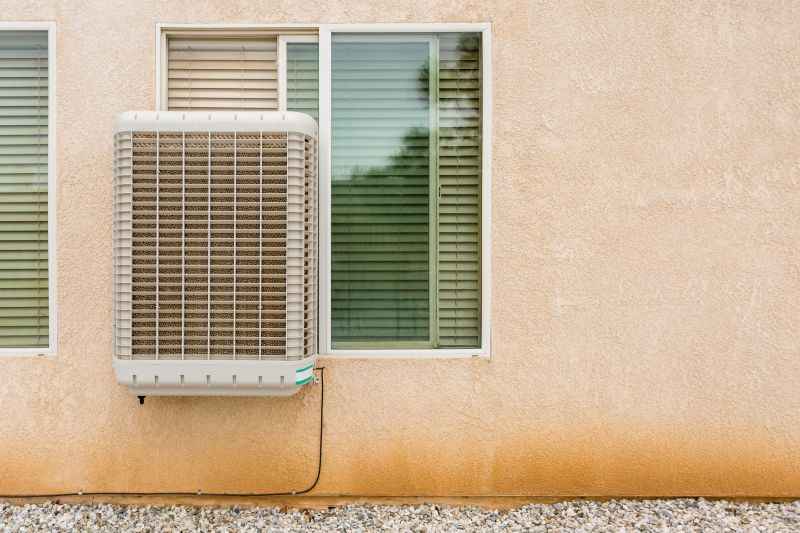
Little measurements that prevent headaches on Swamp Cooler Installations day.
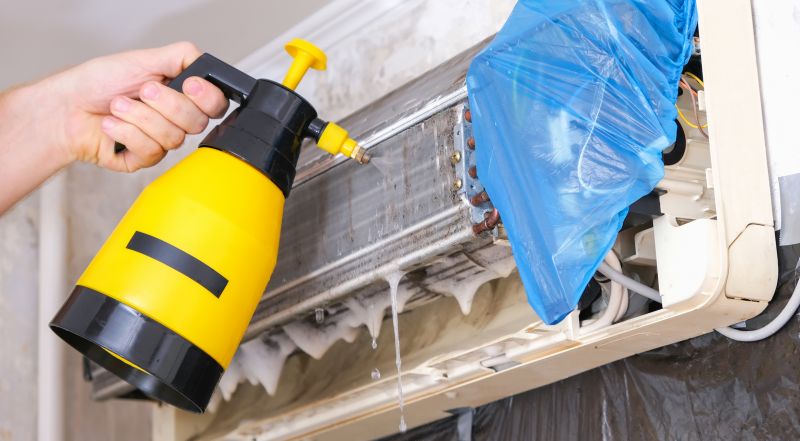
A 60-second routine that keeps Swamp Cooler Installations looking new.

A frequent mistake in Swamp Cooler Installations and how to dodge it.
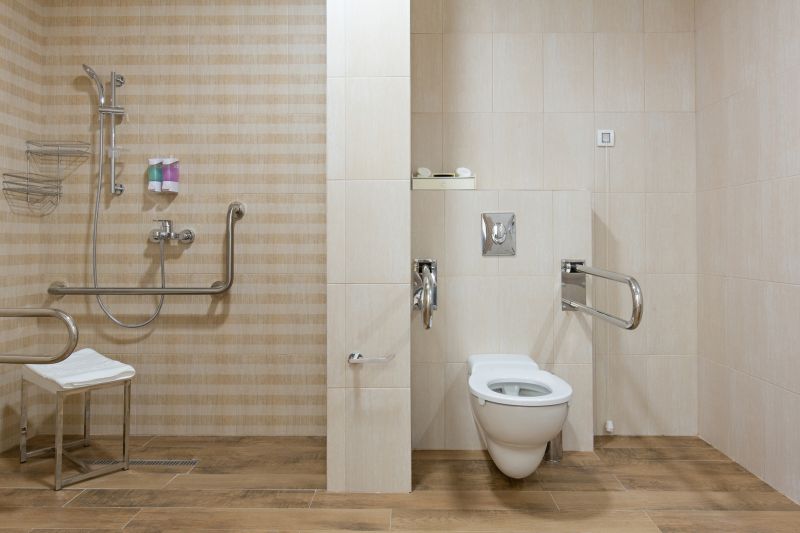
Small tweaks to make Swamp Cooler Installations safer and easier to use.
Interested property owners can contact for more information about scheduling swamp cooler installations. Planning ahead ensures timely setup and optimal cooling performance during the hottest months of the year.



